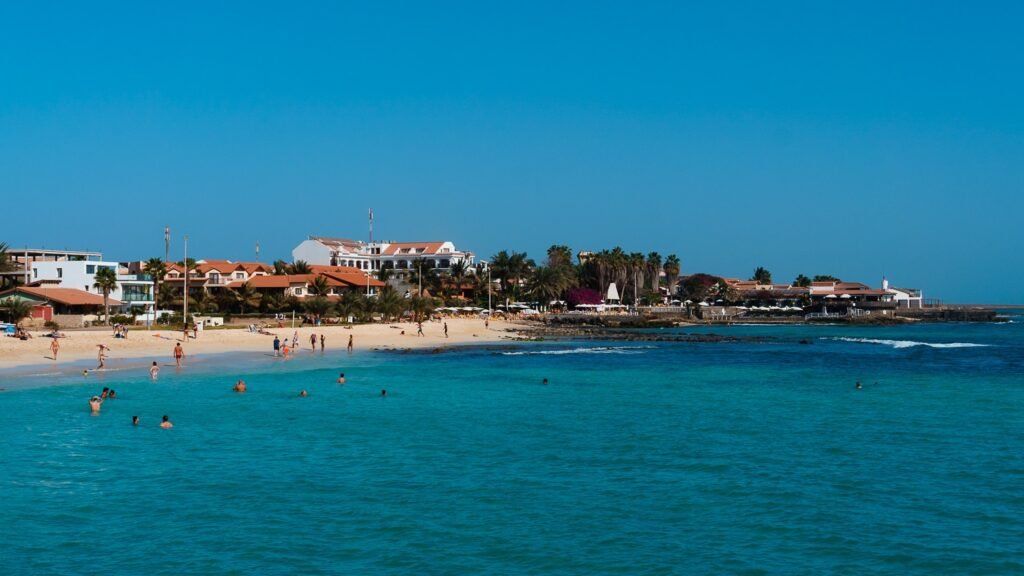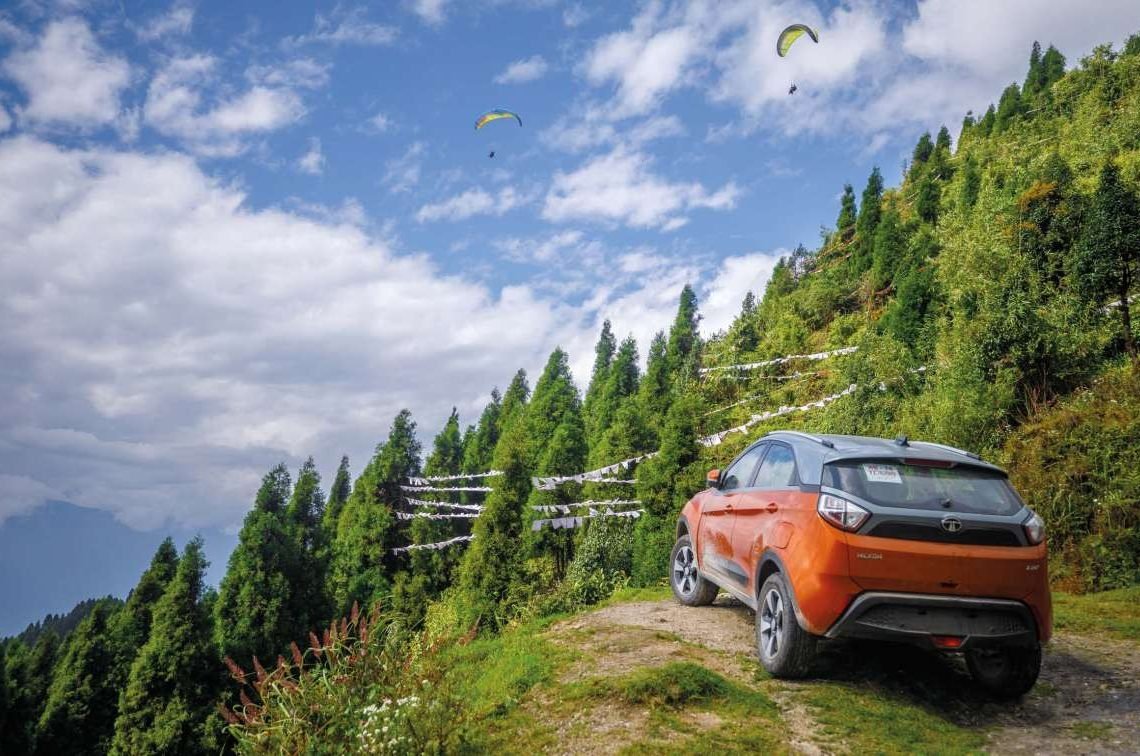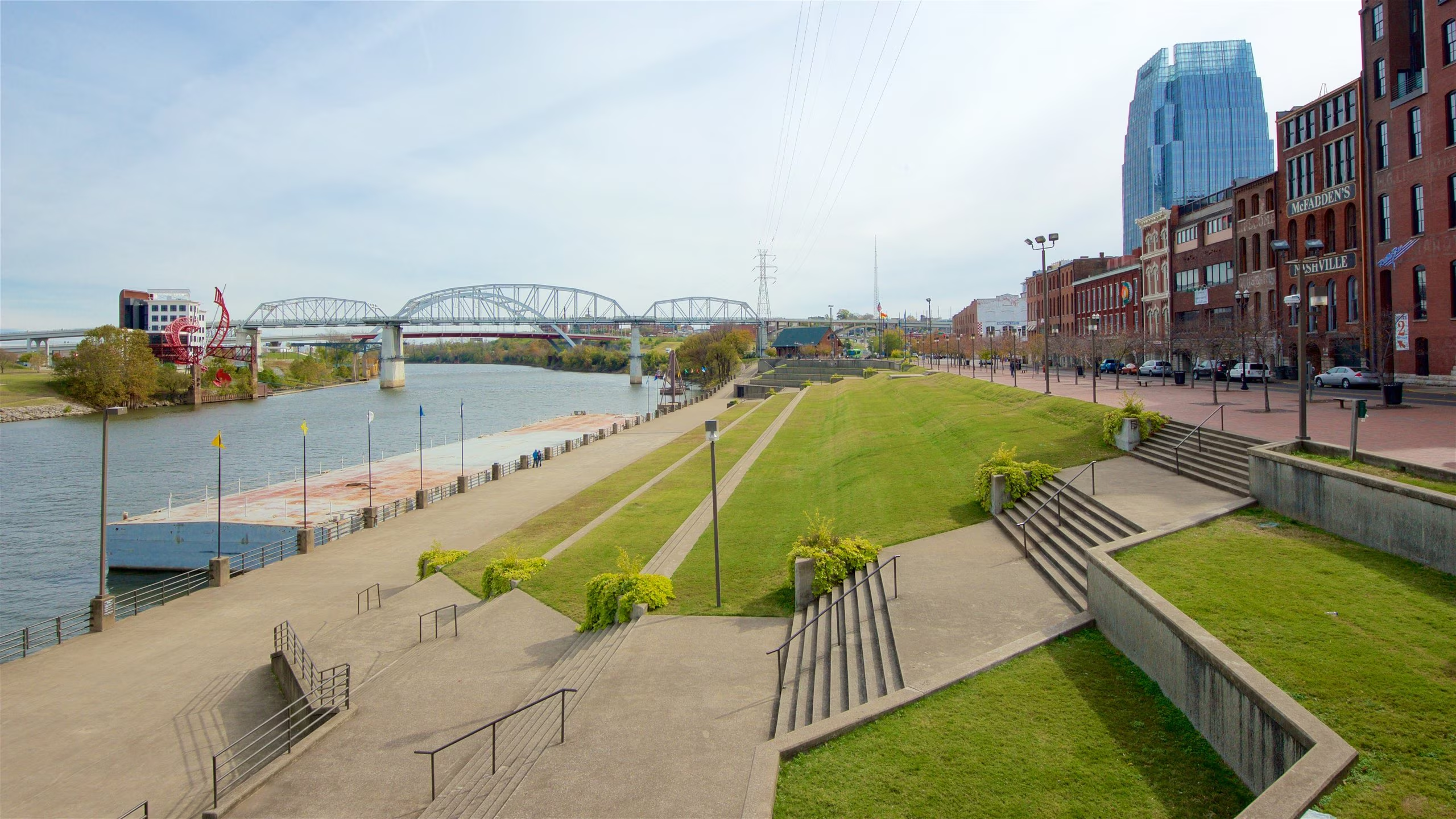Sal, one of the beautiful islands in Cape Verde, is a paradise known for its pristine beaches, vibrant culture, and year-round sunshine. If you’re dreaming of visiting this stunning destination, understanding the costs involved is essential for a smooth and enjoyable trip. Let’s dive into the details of what you can expect to spend on your adventure to Sal Cape Verde.
Flights to Sal Cape Verde
Getting to Sal is one of the most significant expenses of your trip. On average, international flights to Sal can range from $600 to $1200, depending on your departure location and the time of year. To snag the best deals, consider booking your flight several months in advance. Airlines like TAP Air Portugal, TUI, and Cabo Verde Airlines often offer competitive rates.
Accommodation Costs
Your choice of accommodation can significantly impact your travel budget. Here’s a breakdown of options:
- Budget Hotels and Hostels: Expect to pay around $30 to $60 per night for basic accommodations.
- Mid-Range Hotels: These typically cost between $70 and $150 per night, offering more amenities and comfort.
- Luxury Resorts: For a more lavish stay, prices can range from $200 to $500+ per night.
- Alternative Accommodation Options: Airbnb and vacation rentals offer a variety of price points, usually from $50 to $200 per night, depending on location and amenities.
Food and Dining Expenses
Cape Verdean cuisine is a delightful blend of African, Portuguese, and Brazilian influences. Here’s what you can expect to spend:
- Local Dining Options: Enjoying a meal at a local eatery can cost as little as $5 to $15 per person.
- Mid-Range Restaurants: Dining at a mid-range restaurant might set you back $20 to $40 per person.
- Fine Dining Experiences: For a more upscale dining experience, prices can range from $50 to $100+ per person.
- Self-Catering and Grocery Costs: If you prefer to cook, groceries for a week may cost around $50 to $100, depending on your preferences.

Transportation Costs
Navigating around Sal can be affordable if you plan accordingly:
- Airport Transfers: Taxis from the airport to most hotels in Santa Maria generally cost about $15 to $25.
- Public Transportation: Local minibusses, known as “aluguers,” charge around $1 to $2 for short trips.
- Car Rentals: Renting a car can range from $40 to $70 per day, providing flexibility to explore the island.
- Bicycle and Scooter Rentals: For a more eco-friendly option, bicycle rentals cost about $10 per day, while scooters are around $25 to $40 per day.
Activities and Excursions
Sal is brimming with activities that cater to all budgets:
- Beach Activities and Watersports: Many beaches are free, but watersports like windsurfing, kite surfing, and diving can cost $50 to $150 per session.
- Day Trips and Tours: Organized tours around the island or to nearby attractions range from $30 to $100.
- Cultural Experiences: Visiting local markets and historical sites is relatively inexpensive, often costing $5 to $20.
- Nightlife and Entertainment: Enjoying the nightlife in Santa Maria can vary, with drinks typically costing $5 to $10.
Travel Insurance
Travel insurance is a must for international trips. The average cost for a one-week trip to Sal is about $30 to $60, depending on your coverage needs and provider.
Currency Exchange and Payment Methods
The official currency in Cape Verde is the Cape Verdean escudo (CVE). It’s wise to exchange some money before your trip or use ATMs on the island. Credit and debit cards are widely accepted in most hotels, restaurants, and shops.
Budget Tips for Visiting Sal Cape Verde
To make the most of your trip without breaking the bank:
- Save on Accommodation: Book well in advance and consider staying in guesthouses or Airbnbs.
- Affordable Dining Tips: Eat where the locals eat and take advantage of street food.
- Deals on Activities and Excursions: Look for package deals or book group tours to save money.
Sample Budget Breakdown
Here’s an example of a one-week trip budget for different travel styles:
- Budget Travel: $800 to $1000
- Mid-Range Travel: $1500 to $2000
- Luxury Travel: $3000 to $5000
Seasonal Cost Variations
Travel costs can vary greatly depending on the season. The high season (December to April) is more expensive due to higher demand, while the low season (May to November) offers more affordable rates and fewer tourists.
Safety and Health Considerations
While Sal is generally safe, it’s always good to take precautions:
- Safety Tips: Keep an eye on your belongings, avoid isolated areas at night, and stay aware of your surroundings.
- Health Precautions: Stay hydrated, use sunscreen, and consider vaccinations and travel insurance to cover any medical needs.
Sustainable Travel Tips
Being a responsible traveler helps preserve Sal’s natural beauty:
- Eco-Friendly Accommodation and Activities: Choose lodgings that follow eco-friendly practices and engage in sustainable activities.
- Supporting Local Businesses: Shop at local markets and dine in locally-owned restaurants.
Common Mistakes to Avoid
Avoid these pitfalls to ensure a smooth trip:
- Overlooking Hidden Costs: Budget for all expenses, including tips and extra fees.
- Booking Last Minute: Plan and book in advance to get better deals.
- Not Planning for Currency Exchange: Know the best ways to exchange money to avoid unfavorable rates.
Conclusion
Visiting Sal Cape Verde can be a memorable and affordable experience if you plan carefully. From flights and accommodation to dining and activities, knowing the costs ahead of time allows you to budget effectively and enjoy all that this beautiful island has to offer. So start planning your trip today and get ready for an unforgettable adventure!
FAQs
What is the best time of year to visit Sal Cape Verde? The best time to visit is during the dry season, from November to June, when the weather is pleasant, and there’s less rainfall.
Are there budget-friendly activities in Sal? Yes, there are plenty of budget-friendly activities like visiting local markets, enjoying the beaches, and exploring the island on foot or by bicycle.
How can I save money on food while visiting? Save money by dining at local eateries, trying street food, and cooking some of your meals if you have access to a kitchen.
Is it necessary to rent a car in Sal? Renting a car is not necessary but can be convenient for exploring the island at your own pace. Public transportation and taxis are also good options.




